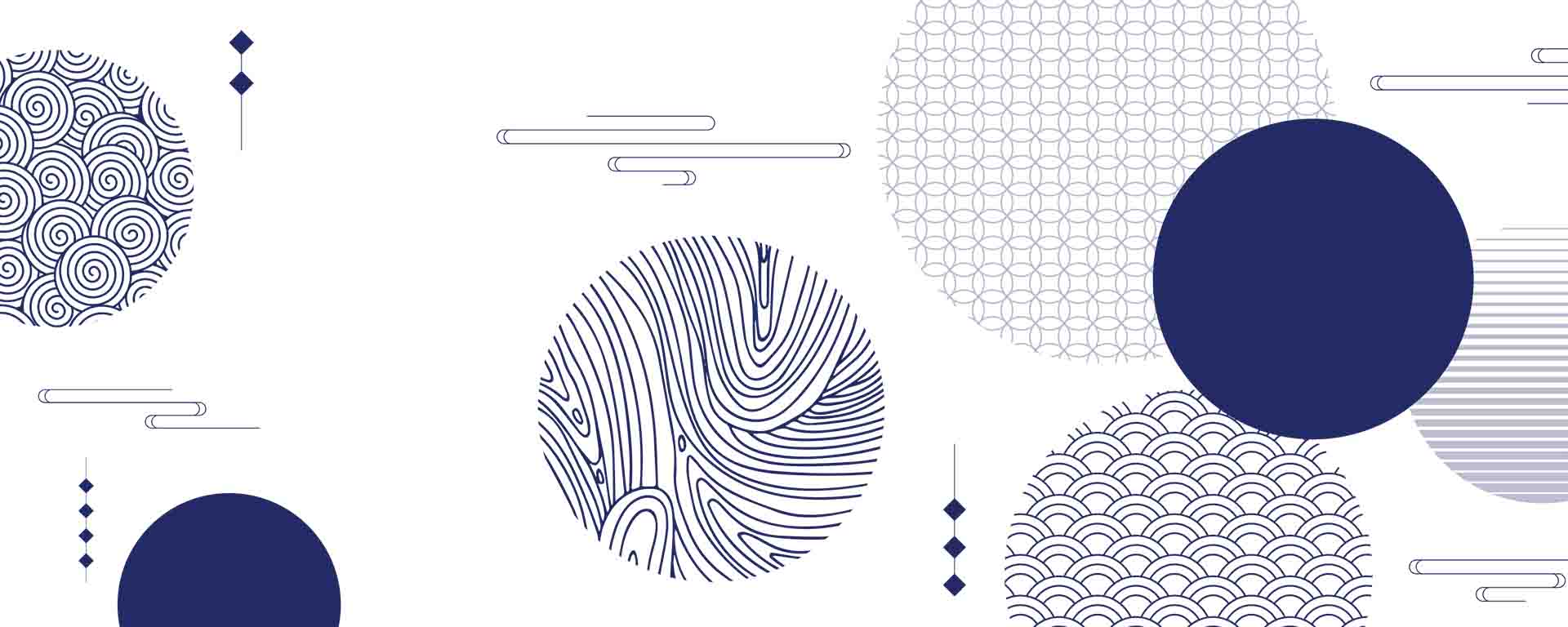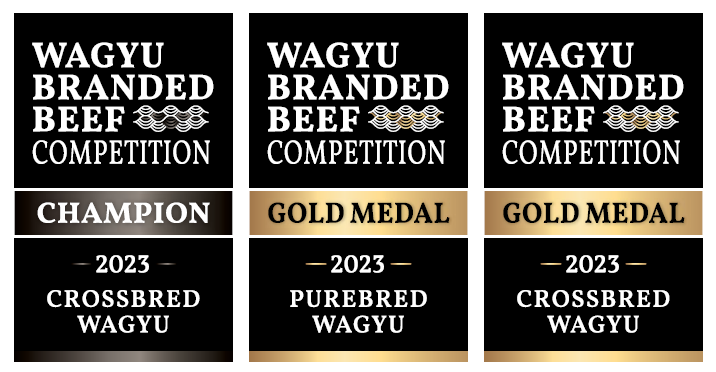WAGYU AND JAPAN: AN AUSTRALIAN, SINGAPOREAN AND JAPANESE STORY
Over a decade ago Singaporean-born Bruce Cheung saw that Australia’s highly
regarded beef industry had yet to reach its fullest potential providing an initial
opportunity to meet demand from the highly discerning Asian and global
markets. The apex is set by Japan’s prized marbled Wagyu beef. Pardoo Beef
Corporation (t/a Pardoo Wagyu) became the vehicle for Bruce’s vision. Wagyu
beef is highly prized internationally and Pardoo exports to over a dozen
international markets.
And along the way two Japanese luminaries from different fields have played a
crucial role in helping Pardoo achieve pre-eminence in Wagyu beef circles.
Sound advice from genetics guru the late Shogo Takeda, who inspired Wagyu
production beyond Japan, enabled Pardoo to breed Wagyu cattle that thrive in
unfamiliar environments and be rewarded by winning gold medals at
prestigious competitions. The Takeda-san collaboration brings 70 years of
Wagyu experience to Pardoo.

The late Shogo Takeda and Bruce Cheung
The Shogo Takeda Genetics Centre, named after the late Takeda-san, is located
in Wundowie, Perth and is home to Pardoo’s best breeder herd run by Wagyu
Operations Manager Mark James and supported by a genetics specialist of
Japanese origin, Aiko Koyama who worked for many years with the late Shogo
Takeda-san.

Cows and calves at Shogo Takeda Genetics Centre
And renowned Iron Chef Hiroyuki Sakai of ‘La Rochelle’ fame contributed two
of his recipes to Pardoo’s premium recipe book that highlights the diverse use
of primary and secondary Waygu cuts. As an aside, Sakai-san trained at the
Hotel Oriental in Perth in the early 1960s when he was only eighteen. He is
pictured here with the Sashi book entitled ‘A Quest for Perfection’.

Chef Hiroyuki Sakai
In nine years Pardoo has become one of the larger Wagyu facilities
outside Japan with biosecurity and drought proofing advantages and
sustainable environmental practices. It has gone from a rangeland pastoral
business with two pivots and 3,500 Santa Gertrudis breeders to a herd of over
30,000 purebred and crossbred Wagyu and 20 centre
pivots. This is in addition to 5,000Hd on a long feed program, at feedlots. The
original genetics were sourced from Japan. It is useful to note that Wagyu cows
have not been exported from Japan since 1996. The global industry developed
through this genetic base using careful crossing and matching over the years.
Some local breed content was required for breeders to adapt to Australia’s
northwest environment.
Pardoo Station stretches 40km along the Indian Ocean coastline within
proximity of Eighty Mile Beach and lies above the West Canning Basin, the
second largest underground aquifer in Australia. This provides sustainable pure
water for irrigated pasture so necessary for intensive Wagyu breeding in the
dry Pilbara region. Pardoo itself has a rich heritage having been a cattle and
sheep station for over 150 years.
The Pardoo Wagyu premium brand has a superior taste that is primarily due to
the breeding process and the natural pastures on which the herds thrive.
Takeda-san’s special feeding regimen ensures 50% of their life is spent in
pristine grass-fed pastures which allows the development of a unique taste
different from grain fed Wagyu. The absence of growth hormones reinforces
Pardoo’s environmental credentials, and the company uses industry’s
AUSMEAT grading system to ensure the consistency and integrity of their beef.
A consistent winner of awards at the Australian Wagyu Association branded
beef competitions over the years, Pardoo Wagyu was again awarded two gold
medals in April 2024.
Pardoo Wagyu can be found in niche gourmet restaurants and through its
distributor networks in Australian and international markets.


